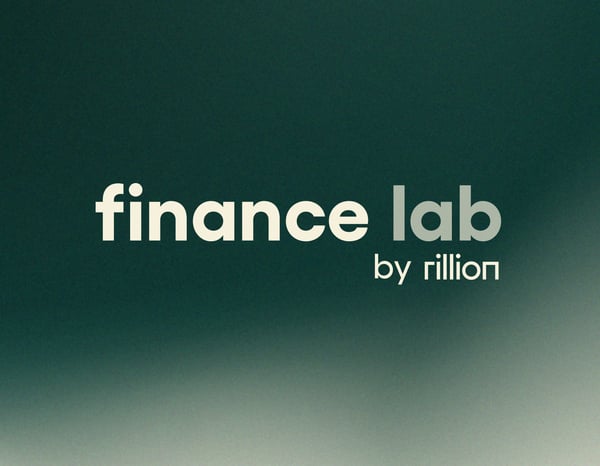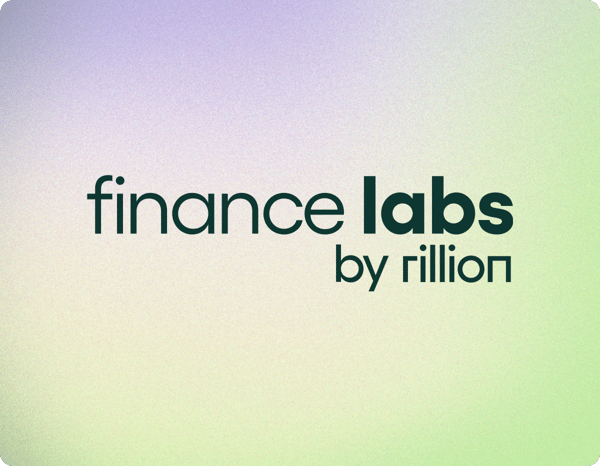
Blog
The Rillion blog
Insights and tips to help finance and AP teams work smarter, not harder. Plus, the latest news from Rillion.


How we're using AI in accounts payable automation

What is AP automation? With AP Automation Benefits & Best Practices

What’s next for AI in finance? Future use cases & investment drivers

Rillion recognized as a Børsen Gazelle among Denmark’s fastest-growing businesses

How AI is reshaping finance teams: evolving roles, skills & strategy

How finance teams measure AI success — and what drives the investments

12 myths about AI in finance (and what’s actually true)

Rillion introduces Riley: The AI Assistant bringing 24/7 intelligence to accounts payable

